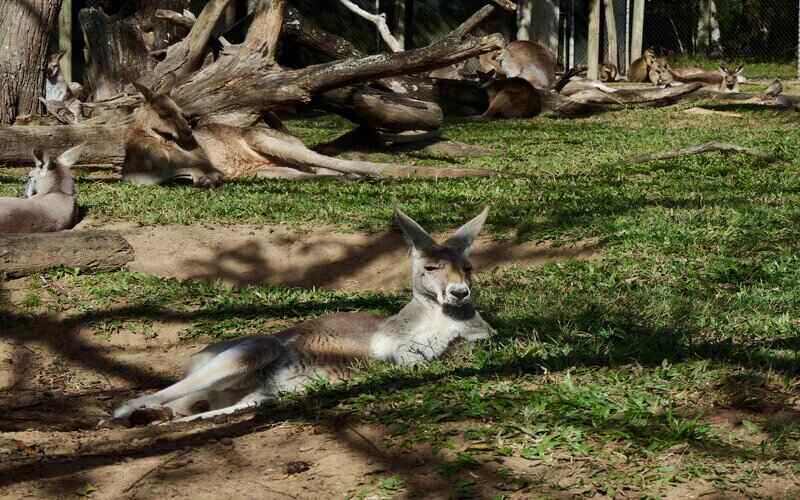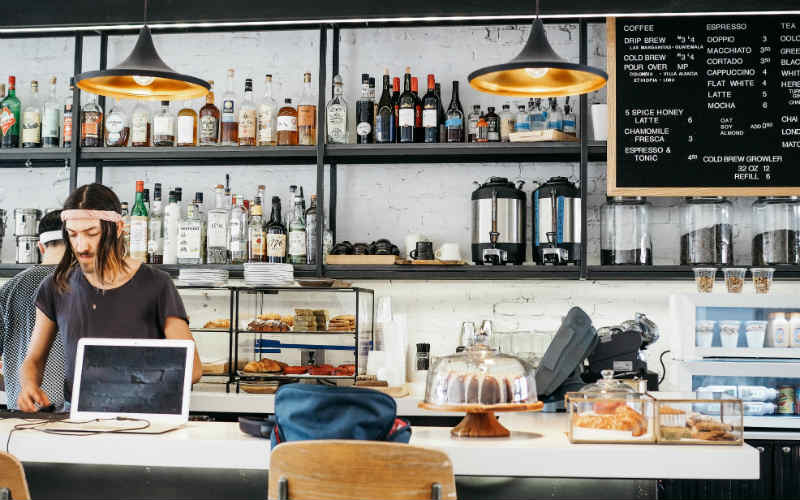The number of ‘extreme rent hikes’ in Australia’s capital cities slowed in the final quarter of 2023, Domain research reveals, as a streak of quarterly rises that began in 2020 came to an end.
Median asking rents remained at $600 per week across the nation’s capital cities in the final quarter of last year.
On top of that, the number of vacant properties appears to have lifted.
Seasonal shifts saw vacancy rates in Sydney, Melbourne, and Brisbane hit 12-month highs in December, reaching 1.3%, 1.2%, and 0.9% respectively.
Meanwhile, Darwin’s vacancy rate rose to a 3.5 year high of 1.7% and that of Canberra reached a record 2%.
“While the strain on Australia’s rental market remains evident, there’s a glimmer of hope that conditions are easing and rental price growth is slowing,” Dr Powell said.
“Nationally, potential tenants will find greater choice, consistent with the seasonal lift in vacant rentals that occurs at the end of the year as the rental market moves into the busy changeover period.”
In further good news, rental affordability is expected to continue to improve in 2024.
Driving factors include a ‘price ceiling’ (that is, tenants choosing to prioritise affordability over other factors), an increase in people opting for share houses, and the ongoing return of investors.
On top of that, Domain expects the Help to Buy scheme, Queensland’s recently doubled First Home Buyer grant, and a potential cash rate cut to encourage a wave of first home buyers to enter the market.
Still, to achieve a balanced rental market with vacancy rates of 2% to 3%, Australia now needs between 30,000 to 60,000 extra rentals, Domain found.
Though, renters in some cities might find themselves in better stead than those in others. Here’s what Domain is forecasting for Australia’s capital city rental markets in 2024.
Rental market snapshot: Sydney
|
Weekly asking rent |
QoQ change |
YoY change |
|
|
Houses |
$730 |
1.4% |
12.3% |
|
Units |
$680 |
0% |
17.2% |
Sydney’s vacancy rate slipped 10 basis points lower over the course of last year to end 2023 at 1.3%.
Meanwhile, rental price growth has well and truly slowed in the Harbour City, with the speed of rent hikes slowing quarter-on-quarter for two consecutive periods.
For the first time in two and a half years, Sydney's unit rental costs stayed put in the three months to December.
Read more: Sydney housing forecast: Suburbs to watch in 2024
Rental market snapshot: Melbourne
|
Median asking rent |
QoQ change |
YoY change |
|
|
Houses |
$550 |
0% |
14.6% |
|
Units |
$520 |
0% |
15.6% |
For the first time in two years, asking rents remained steady in Melbourne last quarter.
The reprieve ended the longest stretch of price growth in the city, as vacancy rates lifted to their highest in 12 months at 1.2%.
Read more: Melbourne housing forecast: Suburbs to watch in 2024
Rental market snapshot: Brisbane
|
Median asking rent |
QoQ change |
YoY change |
|
|
Houses |
$600 |
1.7% |
9.1% |
|
Units |
$560 |
1.8% |
16.7% |
Further north in the river city, there’s been no such relief for Brisbane, with rental costs in the Queensland capital recording another record high for both units and houses.
However, the city’s vacancy rate has lifted off an all-time low of 0.6%, reached in February, to end December at 0.9%.
Read more: Brisbane suburbs to look out for in 2024
Rental market snapshot: Adelaide
|
Median asking rent |
QoQ change |
YoY change |
|
|
Houses |
$560 |
1.8% |
12% |
|
Units |
$450 |
0% |
12.5% |
Joining Brisbane in posting a new record median rental cost in the December quarter was South Australian counterpart, Adelaide.
On a brighter note, however, the growth in the cost of renting a house waned to its slowest pace in three-years.
Meanwhile, Adelaide was found to be the cheapest city to rent a unit, a title it holds in conjunction with Hobart.
Adelaide posted a vacancy rate of just 0.4%, meaning it houses one of Australia’s most competitive rental markets.
Read more: Adelaide property projections: Suburbs in the spotlight for 2024
Rental market snapshot: Perth
|
Median asking rent |
QoQ change |
YoY change |
|
|
Houses |
$620 |
3.3% |
17% |
|
Units |
$520 |
4% |
18.2% |
There’s also been little relief for renters in Perth.
The Western Australia capital has continued its longest stretch of rising rents on record, while its vacancy rate lifted ever so slightly to 0.4%.
Read more: Perth suburbs to watch in 2024
Rental market snapshot: Hobart
|
Median asking rent |
QoQ change |
YoY change |
|
|
Houses |
$550 |
3.8% |
0% |
|
Units |
$450 |
0% |
-4.3% |
It appears to be a tale of two property types in the Apple Isle capital, as the cost of renting a house recovered to record levels and rental costs of units continued to flatline.
Hobart’s vacancy rate hit a high of 0.8% in December.
Read more: Hobart housing outlook: Suburbs in the limelight for 2024
Rental market snapshot: Canberra
|
Median asking rent |
QoQ change |
YoY change |
|
|
Houses |
$680 |
3% |
-1.4% |
|
Units |
$560 |
1.8% |
0% |
For the first time in 12 months, asking rents in Canberra increased in December.
Those of houses remain slightly below their record high, posted in March, and those of units returning to record levels reached in late 2022.
Canberra had a relatively healthy vacancy rate of 2% in December.
Read more: Canberra property trends: Suburbs to watch in 2024
Rental market snapshot: Darwin
|
Median asking rent |
QoQ change |
YoY change |
|
|
Houses |
$650 |
0% |
4.8% |
|
Units |
$540 |
3.8% |
3.8% |
Finally, while the cost of renting a house in Darwin stagnated last quarter, the asking price of renting a unit surged to within $10 of its 2014 record.
Darwin offered renters a 1.7% vacancy rate at the end of 2023.
Image by sophie peng on Unsplash.



 Harry O'Sullivan
Harry O'Sullivan
 Harrison Astbury
Harrison Astbury

 Hanan Dervisevic
Hanan Dervisevic
 Aaron Bell
Aaron Bell